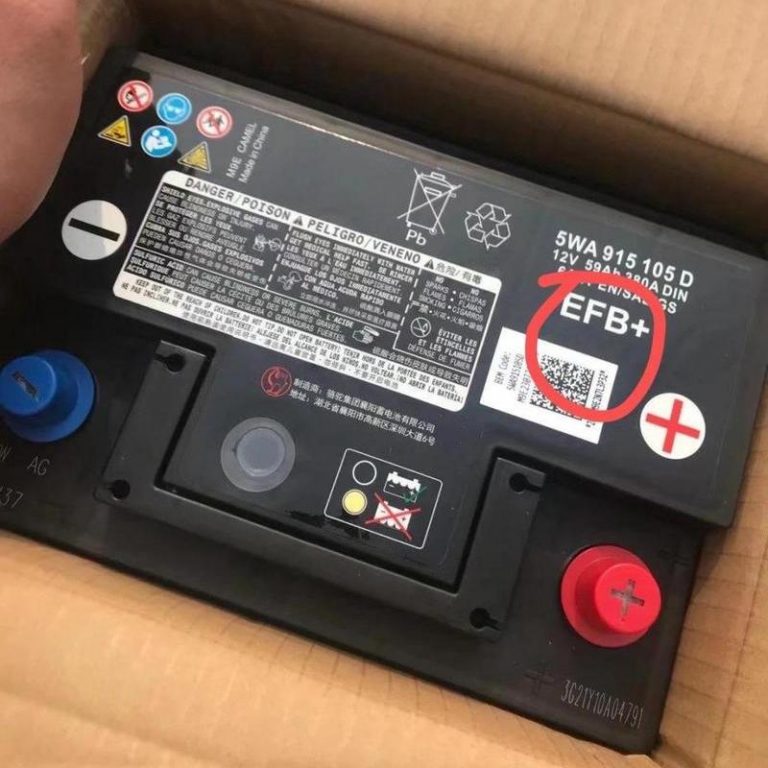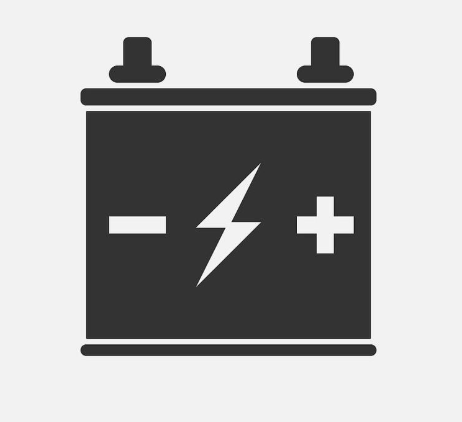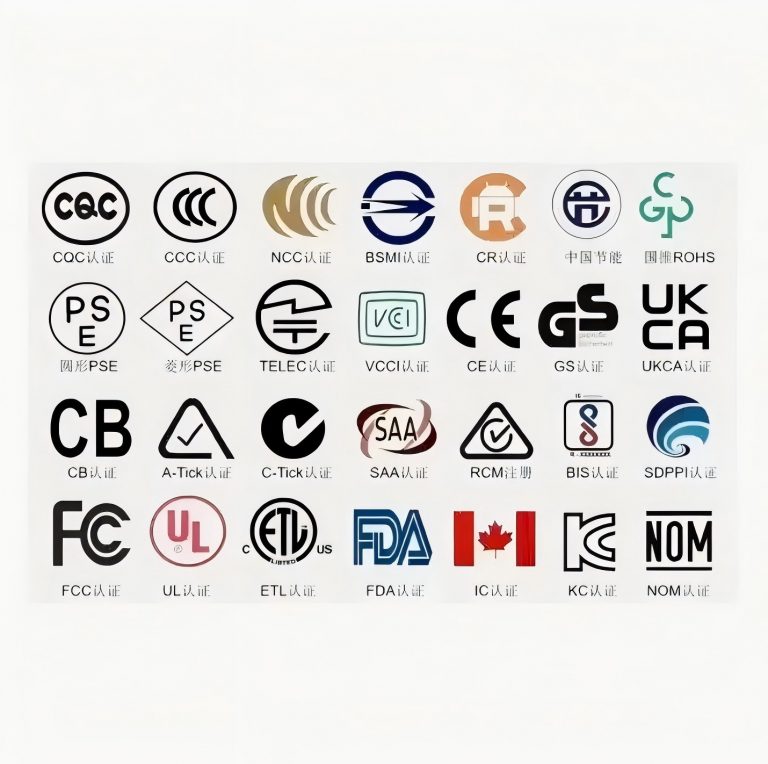What Size Solar Panel to Charge 12v Battery? An In-Depth Analysis and Practical Guide
Charging a 12V battery using solar panels may sound straightforward, but it involves understanding battery capacities, panel wattage, and environmental conditions. This article examines each aspect and provides step-by-step calculations and suggestions for optimal charging solutions.
1. Common 12V Battery Capacities and Typical Charging Times
Common Battery Capacities
In practical applications, 12V batteries come in various sizes. Some common capacities include:
| Battery Type | Capacity (Ah) | Typical Application |
|---|---|---|
| Small Deep Cycle | 7Ah – 12Ah | Small electronics, backup systems |
| Medium Deep Cycle | 20Ah – 50Ah | Marine, RV, and small off-grid systems |
| Large Deep Cycle | 100Ah – 200Ah+ | Off-grid solar systems, backup power supply |
Estimated Charging Times
Charging times vary by capacity and charging current. Typical scenarios:
Small Battery (12Ah):
Charging at 2A: Approximately 6–7 hours (ideal conditions)
Charging at 4A: Approximately 3–4 hours
Medium Battery (50Ah):
Charging at 5A: Approximately 10–12 hours
Charging at 10A: Approximately 5–6 hours
Large Battery (100Ah):
Charging at 10A: Approximately 12–14 hours
Charging at 20A: Approximately 6–7 hours
Note: These estimates assume proper charge regulation, minimal losses, and optimal charging conditions. Actual times depend on battery chemistry and state of discharge.
2. Solar Panel Characteristics: Voltage, Wattage, and Charge Output
Solar Panel Ratings
Solar panels are rated in watts (W) and come in various sizes. For charging a 12V battery, panels must provide enough voltage and current, while considering the losses in the charge controller and wiring.
Voltage:
A nominal “12V” panel often produces an open-circuit voltage (Voc) between 18–22V, which is necessary to charge a 12V battery through a charge controller.
Wattage and Charge Output:
10W – 20W Panels: Suitable for small 12V batteries (e.g., 12Ah–20Ah).
50W Panels: Often used for medium-sized batteries (e.g., 50Ah).
100W+ Panels: Recommended for larger batteries (100Ah and above) or for faster charging.
Example Calculation
Suppose you have a 12V, 100Ah battery, which roughly holds 1,200 Wh of energy (12V × 100Ah). To fully charge this battery:
Assumptions:
System losses (charge controller, wiring, etc.): ~20%
Required energy input: 1,200 Wh × 1.2 = 1,440 Wh
Average effective full-sun hours per day: 5 hours
Panel Wattage Calculation:
Required panel wattage = 1,440 Wh / 5 hours = ~288W
In practice, using a 300W solar panel array (or multiple panels totaling 300W) is a realistic solution for this battery size under ideal conditions.
3. Real-World Considerations: Sunlight Hours, Climate, and Practical Charging
Light and Climate Conditions
Real-life charging conditions depend on:
Sunlight Hours:
“Peak Sun Hours” is a measure of available sunlight intensity. In many regions, 3–6 full sun hours per day are typical.
Climate:
Cloud cover, atmospheric conditions, and seasonal variations can significantly affect performance.
Temperature:
Solar panel efficiency can decrease in very high temperatures but may increase in cooler climates. However, batteries themselves are affected by cold, reducing available capacity.
Hypothetical Scenario
Consider using a 100W panel to charge a 12V, 50Ah battery:
Energy in Battery: 12V × 50Ah = 600 Wh
Assumed Loss Factor: 20% → 600 Wh × 1.2 = 720 Wh required
Average Full Sun Hours: Assume 4 hours per day
Panel Output: 100W × 4 hours = 400 Wh per day
Conclusion:
A 100W panel in this scenario may not fully charge the battery daily unless sunlight hours increase or panels are supplemented.
Alternatively, two 100W panels (200W total) would produce about 800 Wh per day, making full charging more feasible.
4. Optimal Solutions: Two Perspectives
A. Changing the Battery
Battery Size & Type Adjustment:
Smaller Capacity: For limited panel output (e.g., 50W–100W panels), consider using batteries with lower capacity (e.g., 20Ah–50Ah).
High-Efficiency Batteries: Utilize advanced battery chemistries (lithium iron phosphate, for instance) that accept higher charging currents and have less depth-of-discharge limitations.
Battery Management:
Employ smart charge controllers that adjust charging rates based on battery state and temperature, extending battery life and maximizing charge efficiency.
B. Improving the Solar Panel System
Increasing Panel Wattage:
Upgrade Panel Array: Use a larger array (e.g., 300W for a 100Ah battery) to account for losses and variability in sunlight.
Parallel Panels: Multiple panels in parallel can provide more consistent current output.
Advanced Charge Controllers:
MPPT (Maximum Power Point Tracking): Controllers optimize the power harvest from panels, especially under varying sunlight conditions, ensuring that the battery receives maximum charge.
System Monitoring and Optimization:
Implement system monitoring to track real-time performance and adjust configurations based on weather forecasts and seasonal changes.
5. Usage Scenarios and Rational Recommendations
Usage Scenarios
Off-Grid Residential:
Small to medium battery banks with high-wattage panels (300W–600W array) can support lighting, small appliances, and backup systems.
Recreational Vehicles (RVs):
Lower capacity batteries (20Ah–50Ah) with 50W–100W panels for trickle charging and maintaining battery health.
Remote Telemetry/Monitoring:
Maintenance-free systems using smaller panels paired with advanced MPPT controllers ensure reliability over long periods.
Rational Recommendations
For limited sunlight areas or winter conditions:
Use high-efficiency panels (with MPPT controllers) and consider reducing battery capacity to ensure full daily charge.
For maximizing system resilience:
Combine over-paneling (slightly higher wattage than calculated) with advanced battery management systems.
Cost vs. Efficiency Trade-off:
A larger initial investment in a robust solar array and advanced charge controller can reduce long-term maintenance and increase system uptime.
6. Calculation Example Recap and Feasibility Analysis
Hypothetical Example Recap
Battery: 12V, 100Ah (1,200 Wh nominal, 1,440 Wh required with losses)
Sunlight Hours: 5 hours/day
Panel Requirement: ~300W total
Feasibility:
In regions with consistent 5 full sun hours, a 300W array will likely fully charge the battery each day.
In less sunny climates, either an increase in panel wattage or a reduction in battery capacity (or both) is necessary.
Feasibility Analysis
Data Sources & Assumptions:
Typical battery specifications from industry standards.
Solar panel output based on peak sun hours and standard loss factors (approximately 15–20%).
Assumptions verified against common practices in off-grid solar system design.
Conclusion:
The proposed calculations are realistic when using quality panels, proper installation, and appropriate charge controllers.
Adaptations based on local weather conditions and specific power requirements are critical for ensuring system efficiency.
Final Recommendations
Battery Perspective:
Choose a battery that matches your available solar input. For areas with lower sun hours, a smaller battery (e.g., 20Ah–50Ah) may be more appropriate, or select a battery with a high acceptance rate and lower depth-of-discharge concerns (e.g., lithium-based options).
Solar Panel Perspective:
Aim for an array sized at roughly 1.2 to 1.5 times the battery’s nominal capacity (in watt-hours) divided by expected full sun hours. For example, for a 100Ah battery, targeting around 300W to 350W of panels can provide a buffer for losses and weather variations.
Utilize an MPPT charge controller to maximize energy harvest.
This comprehensive analysis should serve as a practical guide for designing a solar charging system for 12V batteries. By adjusting battery capacity and solar panel array size to local environmental conditions, you can optimize system performance and reliability.
Data Source Note: Calculations and parameters are based on industry standards and practical solar system design guidelines found in solar energy handbooks and off-grid system planning resources.

















